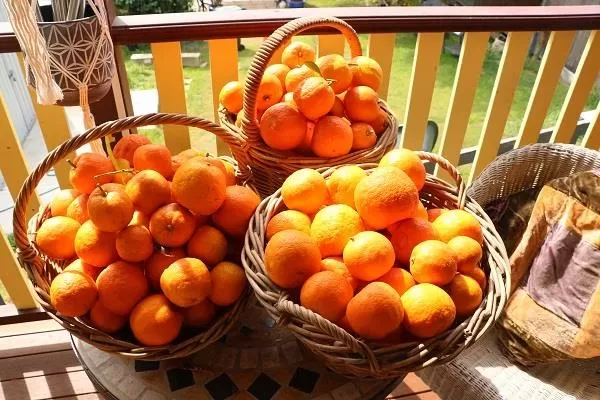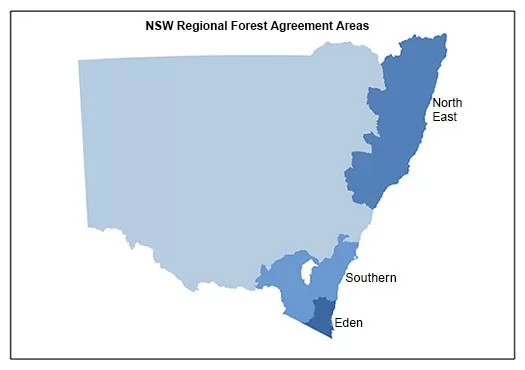The world doesn’t have a problem producing food, it has a problem transporting and distributing it.
In an era of unprecedented technological advancement and connectivity, it might be surprising to learn that the world is facing a significant food production problem. While there is an abundance of food being produced globally, the issue lies in how it is distributed and consumed.
The world’s food production and transport system faces numerous challenges that are intricately interconnected, with one of the most pressing issues being the cost of transporting food crops out of season.
In an increasingly globalized world, where food is sourced from all corners of the globe, this practice not only contributes to the environmental crisis but also poses significant economic and food security risks.
However, there is a compelling alternative – producing and buying food locally.
The 1Earth profile on Grow It Local website where I sell excess produce is here.
Shatterwood is a Manning Valley farmer producing organic herbal tea, aromatic chilli oil & dehydrated fruit. *Off grid *Our land & wildlife is protected *DISTRIBUTING IN SYDNEY.
In this article, we will delve into the complexities of the world’s food production problems, explore the implications of out-of-season food transportation, and highlight the benefits of embracing local food production and consumption.
The Global Food Production Problems
Climate Change: Climate change has disrupted traditional growing seasons, leading to unpredictable weather patterns and increased vulnerability to extreme events such as droughts, floods, and storms. These changes have made it more challenging to grow crops in their usual regions and have increased the reliance on long-distance transportation.
Transportation Costs: The transportation of food across vast distances, often involving multiple intermediaries, comes at a significant financial cost. These expenses are passed on to consumers, resulting in higher food prices, which can disproportionately affect low-income households.
Environmental Impact: The carbon footprint associated with long-distance food transportation is substantial. The burning of fossil fuels during transportation contributes to greenhouse gas emissions, exacerbating climate change. Moreover, the packaging and refrigeration of perishable foods during transit generate excessive waste.
The Cost of Transporting Food Crops Out of Season
Transporting food crops out of season is a practice that exemplifies the global food production dilemma. It involves growing crops in regions where they are not naturally suited due to their climate and then shipping them long distances to meet consumer demands. Here are some key considerations:
Energy Consumption: Long-distance transportation consumes vast amounts of energy, primarily fossil fuels. This not only contributes to pollution but also exacerbates climate change, further destabilizing global weather patterns.
Economic Costs: The cost of transporting food out of season is a significant economic burden. High fuel prices, maintenance, extra infrastructure such as depots, and labor expenses drive up the overall cost, leading to increased food prices for consumers, as prices fluctuate with the rising expenses of transportation.
Food Waste: Food transported over long distances is more susceptible to spoilage and damage. The longer the transit time, the greater the likelihood of food waste, which is a moral and environmental concern.
Transporting food crops out of season has become a commonplace practice in modern agriculture. As the demand for fresh produce has grown year-round, the reliance on long-distance transportation has skyrocketed.
This practice, while ensuring a steady supply of various fruits and vegetables, comes at a significant cost, both economic and environmental.
Environmental Consequences:
Carbon footprint: Long-distance transportation contributes to greenhouse gas emissions, a major driver of climate change.
Resource depletion: Excessive transportation requires significant energy and water resources, further straining already overburdened ecosystems.
The Benefits of Producing and Buying Food Locally
Embracing local food production and consumption is a powerful step towards mitigating the environmental, economic, and social challenges posed by long-distance transportation of food crops.
By supporting local farmers and choosing seasonal, locally-sourced produce, we not only reduce our environmental impact but also build more resilient, self-sustaining communities.
It’s time to shift our focus towards a more sustainable, localized food system for the well-being of our planet and future generations.
Local food production and consumption offer a compelling solution to the problems associated with globalized food systems. Here are some advantages:
Reduced Carbon Footprint: Local food production drastically reduces transportation distances, thereby decreasing the carbon footprint associated with food. This transition to locally sourced food can help mitigate climate change.
Fresher and Healthier Food: Local produce is often fresher, as it doesn’t need to endure long transportation times. This results in tastier, more nutritious food that benefits both the consumer and the local economy.
Strengthening Communities: Supporting local farmers and food producers fosters strong community bonds and keeps money within the local economy. This helps create jobs and supports small businesses.
Enhanced Food Security: Relying on local food sources reduces vulnerability to global supply chain disruptions. Communities can better withstand crises and ensure access to essential nutrition.
Biodiversity Conservation: Local agriculture often promotes the cultivation of diverse crops, preserving biodiversity and reducing dependence on monocultures.
Reduced Environmental Impact:
- Lower carbon footprint: Local production and consumption significantly decrease transportation-related emissions.
- Conservation of resources: Locally sourced food requires less energy and water, preserving natural resources.
Economic Resilience:
- Support for local farmers: Buying locally supports small-scale farmers, bolstering the local economy and promoting sustainable agriculture practices.
- Job creation: Local farming and food production can generate employment opportunities, particularly in rural areas.
Enhanced Food Security:
- Reduced dependence on imports: Local production ensures a stable supply of food, reducing vulnerability to disruptions in global supply chains.
- Diverse, seasonal diets: Relying on local produce encourages a more diverse and seasonally appropriate diet, which can have positive effects on health.
Community Building:
- Connection and trust: Purchasing from local sources fosters a sense of community, as consumers get to know their producers and understand the origin of their food.
- Education and awareness: Local markets and farms provide educational opportunities for consumers to learn about sustainable farming practices.
Resilience in the Face of Climate Change:
- Adaptability: Local producers are often better equipped to adapt to changing climate conditions, allowing for more reliable food production in the long run.
- Biodiversity conservation: Local farmers are more likely to employ diverse and resilient agricultural practices, promoting biodiversity and ecosystem health.
The world’s food production problems, exacerbated by the cost of transporting food crops out of season, demand a reevaluation of our global food systems.
Embracing local food production and consumption offers a sustainable alternative that reduces environmental impact, supports local economies, and enhances food security.
As consumers, we have the power to make informed choices that promote a healthier, more sustainable food future. By choosing local options whenever possible, we can collectively work towards a more resilient and sustainable food system for all.
There’s more about Growing Food & Shopping Locally in our Permaculture Design series.
The 1Earth profile on Grow It Local website where I sell excess produce is here







